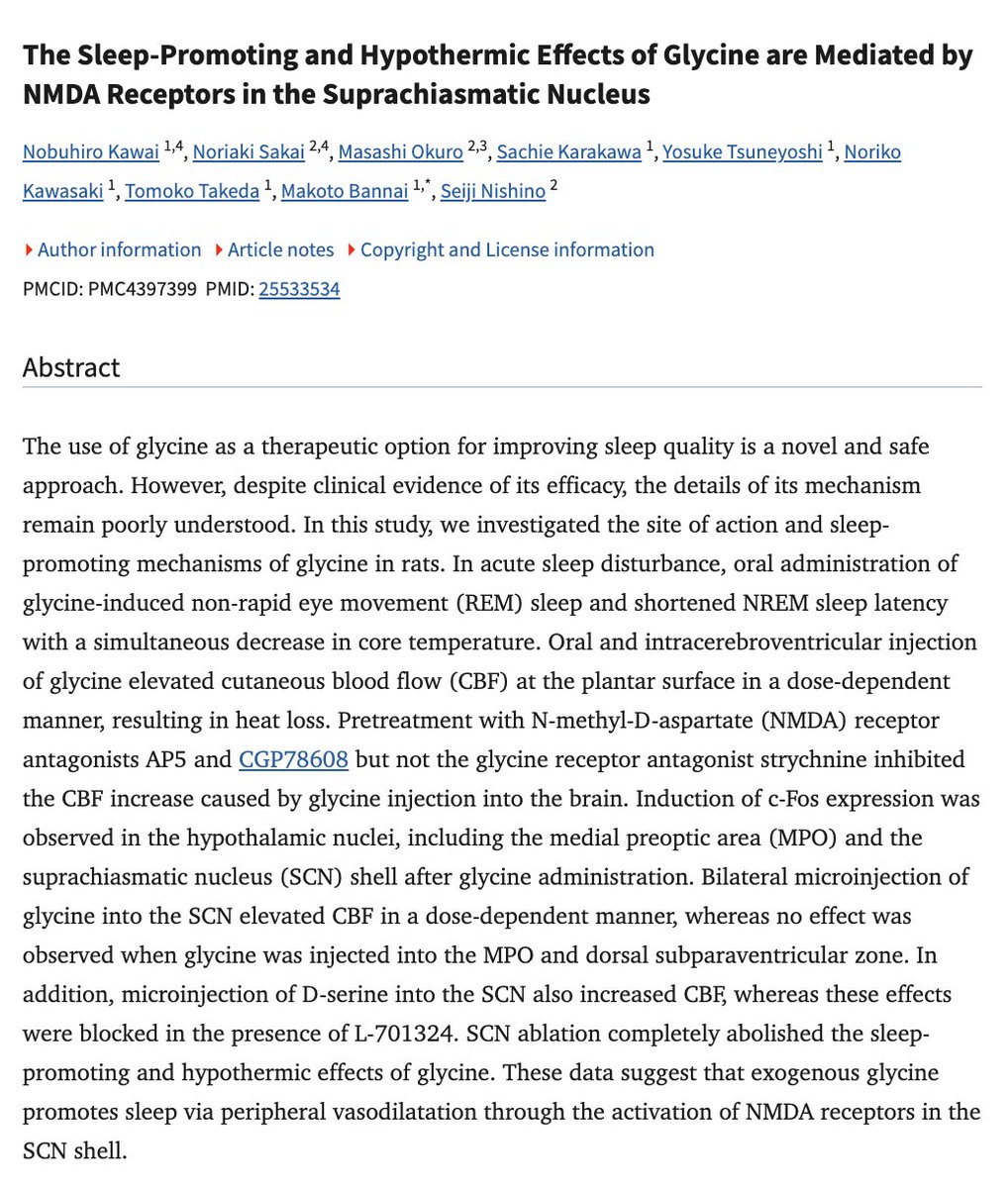As a therapist, I hate to break it to you, but...
If your nervous system is stuck in “survival mode,” no amount of journaling or meditation will save you.
Here are 7 techniques that heal decades of trauma, increase your stress tolerance, and improve sleep/digestion... 🧵

If your nervous system is stuck in “survival mode,” no amount of journaling or meditation will save you.
Here are 7 techniques that heal decades of trauma, increase your stress tolerance, and improve sleep/digestion... 🧵


Your nervous system is a network of 86 BILLION neurons that runs from the brain to the body.
It regulates stress by activating the sympathetic system (fight/flight) or parasympathetic system (rest/digest).
Every emotion you feel starts here.
It regulates stress by activating the sympathetic system (fight/flight) or parasympathetic system (rest/digest).
Every emotion you feel starts here.
When stress lingers—the HPA axis (hypothalamus–pituitary–adrenal) keeps firing:
→ Cortisol stays high
→ Digestion + immunity shut down
→ Heart rate and blood pressure rise
This chronic activation is what turns temporary stress into trauma.
Here are 7 practices you can try:

→ Cortisol stays high
→ Digestion + immunity shut down
→ Heart rate and blood pressure rise
This chronic activation is what turns temporary stress into trauma.
Here are 7 practices you can try:


1/ Neurogenic Tremoring (TRE)
Animals shake after escaping predators to discharge trauma.
Humans suppress this reflex—that’s why we stay stuck.
Simple exercises can trigger natural shaking that releases decades of stored stress.
Try it ↓
Animals shake after escaping predators to discharge trauma.
Humans suppress this reflex—that’s why we stay stuck.
Simple exercises can trigger natural shaking that releases decades of stored stress.
Try it ↓
2/ Humming at 40–60 Hz
Bees, monks, and singers all hum at ~40–60 Hz.
This frequency stimulates the vagus nerve, boosting calm, digestion, and sleep.
Humming daily is like giving your nervous system a vibration massage.
Demo ↓
Bees, monks, and singers all hum at ~40–60 Hz.
This frequency stimulates the vagus nerve, boosting calm, digestion, and sleep.
Humming daily is like giving your nervous system a vibration massage.
Demo ↓
3/ 5-Second Breathing
Your lungs control your stress response.
Inhale for 5 seconds → Exhale for 5 seconds → Repeat.
This balances CO₂ and O₂, drops heart rate, and activates the parasympathetic system.
The 4-7-8 approach is also a must-try: ↓
Your lungs control your stress response.
Inhale for 5 seconds → Exhale for 5 seconds → Repeat.
This balances CO₂ and O₂, drops heart rate, and activates the parasympathetic system.
The 4-7-8 approach is also a must-try: ↓
4/ Sound Healing Frequencies
Certain frequencies (432 Hz, 528 Hz) can shift brainwave states.
Research shows they calm the amygdala and deepen relaxation.
Listening for 10 minutes can reset stress physiology.
Here's the science ↓
Certain frequencies (432 Hz, 528 Hz) can shift brainwave states.
Research shows they calm the amygdala and deepen relaxation.
Listening for 10 minutes can reset stress physiology.
Here's the science ↓
5/ Tapping (EFT)
Your body stores trauma in meridian points.
By tapping acupressure points while naming emotions, you “reprogram” stress loops.
Studies show EFT lowers cortisol by up to 43% in one session.
How-to ↓
Your body stores trauma in meridian points.
By tapping acupressure points while naming emotions, you “reprogram” stress loops.
Studies show EFT lowers cortisol by up to 43% in one session.
How-to ↓
6/ PMR (Progressive Muscle Relaxation)
Stress hides in your muscles.
Tense each muscle group → Hold → Release.
This teaches your brain the difference between tension and calm, lowering anxiety + improving sleep.
Stress hides in your muscles.
Tense each muscle group → Hold → Release.
This teaches your brain the difference between tension and calm, lowering anxiety + improving sleep.

7/ Somatic Shaking
Dancers and ancient cultures used shaking to reset the body.
Modern neuroscience confirms: rhythmic shaking discharges trapped survival energy.
Just 2–3 minutes can leave you lighter and calmer.
Try this ↓
Dancers and ancient cultures used shaking to reset the body.
Modern neuroscience confirms: rhythmic shaking discharges trapped survival energy.
Just 2–3 minutes can leave you lighter and calmer.
Try this ↓
Your body already knows how to heal; it just needs the right signals.
I put together a free 5-day Nervous System Course with daily teachings + practices to help you press your “reset button.”
Get started here: bodymindaccelerator.com
I put together a free 5-day Nervous System Course with daily teachings + practices to help you press your “reset button.”
Get started here: bodymindaccelerator.com
TLDR:
How to Heal Trauma, Calm Stress, & Unlock the Mind:
• Somatic practices (TRE, shaking, body scans)
• Breathwork methods (physiological sigh, belly breathing)
• Vagus nerve activation (humming, cold exposure, relaxation work)
It’s not in your head; heal your body.
How to Heal Trauma, Calm Stress, & Unlock the Mind:
• Somatic practices (TRE, shaking, body scans)
• Breathwork methods (physiological sigh, belly breathing)
• Vagus nerve activation (humming, cold exposure, relaxation work)
It’s not in your head; heal your body.
I'm curious, what are your thoughts on body-based healing?
I'd love to hear your thoughts—let me know below!
With the deepest respect and love,
Brian.
I'd love to hear your thoughts—let me know below!
With the deepest respect and love,
Brian.
https://twitter.com/1486152789822558209/status/1962547249239728384
• • •
Missing some Tweet in this thread? You can try to
force a refresh


















